Imagine stepping onto your balcony, patio, or sunny porch and plucking a ripe orange, a handful of cherries, or a juicy peach—all from trees growing right in containers. It sounds like something only a warm-climate gardener could enjoy, but with the right care, you can grow fruit trees in pots almost anywhere.
Container-grown fruit trees are compact, beautiful, and surprisingly productive. Whether you have a small urban space or want to keep your garden mobile, growing fruit trees in containers offers a flexible, rewarding way to enjoy homegrown fruit all year long.
Here’s a guide to 8 fruit trees that thrive in containers, plus detailed tips to help them flourish.
Why Grow Fruit Trees in Containers?
Before we jump into the best varieties, let’s look at the benefits of container gardening for fruit trees:
- Space Efficiency: Perfect for balconies, patios, or small gardens.
- Mobility: You can move trees indoors during winter or into the sun as needed.
- Pest and Disease Control: Easier to monitor and treat issues in confined soil.
- Controlled Growth: Dwarf and semi-dwarf varieties stay compact and manageable.
- Decorative Appeal: Fruit trees add greenery, fragrance, and color to any space.
With just a few large pots, good soil, and regular care, you can create your very own mini orchard in containers.
1. Lemon Tree (Citrus limon)
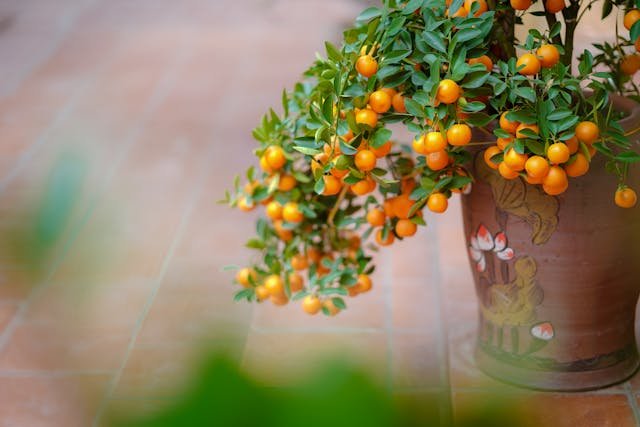
Few things say “tropical” like a lemon tree. Compact and fragrant, lemon trees are perfect for container gardening.
Best Varieties for Pots:
- ‘Improved Meyer’ Lemon – Naturally small, sweet, and highly productive.
- ‘Ponderosa’ Lemon – Grows larger fruit but still manageable indoors.
Container Requirements:
- Minimum 18–24 inches wide, with excellent drainage.
- Use a well-draining potting mix designed for citrus or cacti.
Sunlight & Care:
- Needs 8–10 hours of sunlight daily—a sunny south-facing window or grow light works well.
- Water when the top inch of soil feels dry.
- Fertilize monthly with a citrus-specific fertilizer.
Pro Tip: Move your lemon tree outdoors in warm months for more blooms and pollination, then bring it back inside when temperatures drop below 55°F (13°C).
2. Orange Tree (Citrus sinensis)
Orange trees in containers bring cheerful color and fragrance to your space.
Best Varieties for Containers:
- ‘Calamondin’ Orange – Compact, cold-tolerant, and ornamental.
- ‘Trovita’ or ‘Washington Navel’ – Great for indoor growth under strong light.
Container & Soil:
- A 20-inch pot with drainage holes.
- Use loamy, acidic soil rich in organic matter.
Sun & Water:
- Needs at least 6–8 hours of direct sunlight.
- Keep soil evenly moist but not soggy.
- Mist leaves occasionally to boost humidity indoors.
Fertilizing:
Feed every 4–6 weeks during the growing season with a citrus fertilizer high in nitrogen and magnesium.
3. Peach Tree (Prunus persica)
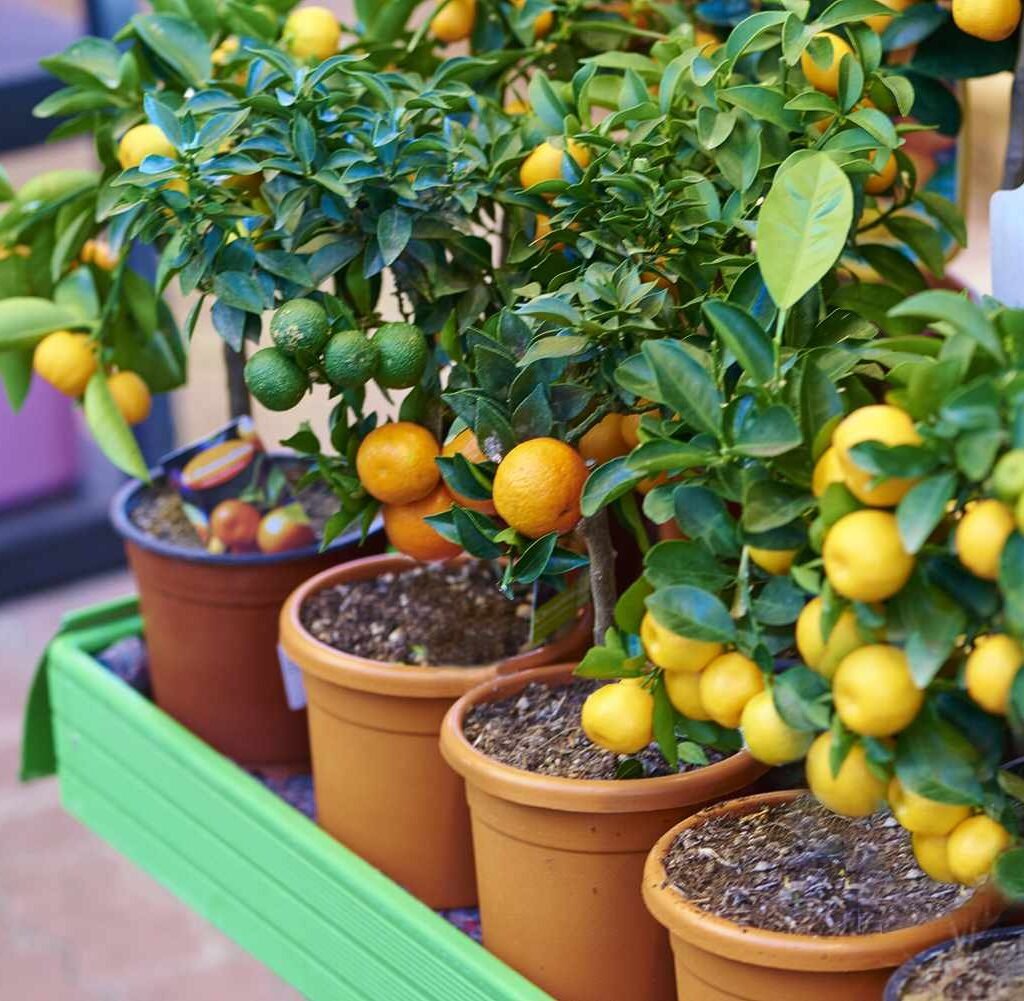
Yes, you can grow sweet, juicy peaches in pots! Dwarf peach varieties are bred for container life and can produce a surprising number of fruits.
Best Varieties for Containers:
- ‘Bonanza’ – Dwarf variety reaching only 4–6 feet tall.
- ‘Golden Glory’ – Compact and perfect for patios.
Container & Soil:
- A deep 20–24-inch container with drainage.
- Use nutrient-rich potting soil with compost mixed in.
Sun & Pruning:
- Needs full sun (6–8 hours daily).
- Prune annually in late winter to maintain shape and encourage fruiting wood.
Watering:
- Water deeply when the top 2 inches of soil dry out.
- Avoid letting roots sit in water.
Tip: Peaches grown in pots often ripen faster due to the warmth absorbed by the container—perfect for short growing seasons!
4. Cherry Tree (Prunus avium / Prunus cerasus)
Cherries are not only delicious but stunning when in bloom. Dwarf cherry trees adapt beautifully to container growing with proper pruning.
Best Varieties for Pots:
- ‘Stella’ – Self-pollinating sweet cherry.
- ‘Carmine Jewel’ – Compact tart cherry ideal for small spaces.
Container & Soil:
- A large pot (at least 24 inches deep) for root spread.
- Use loamy soil with good drainage.
Sun & Care:
- Requires 6+ hours of sunlight daily.
- Water regularly, keeping soil slightly moist.
Fertilizer:
Feed every 2–3 months with a balanced (10-10-10) slow-release fertilizer.
Pro Tip: Place two compatible cherry varieties nearby if yours is not self-pollinating. This ensures heavy fruiting even in containers.
5. Apple Tree (Malus domestica)
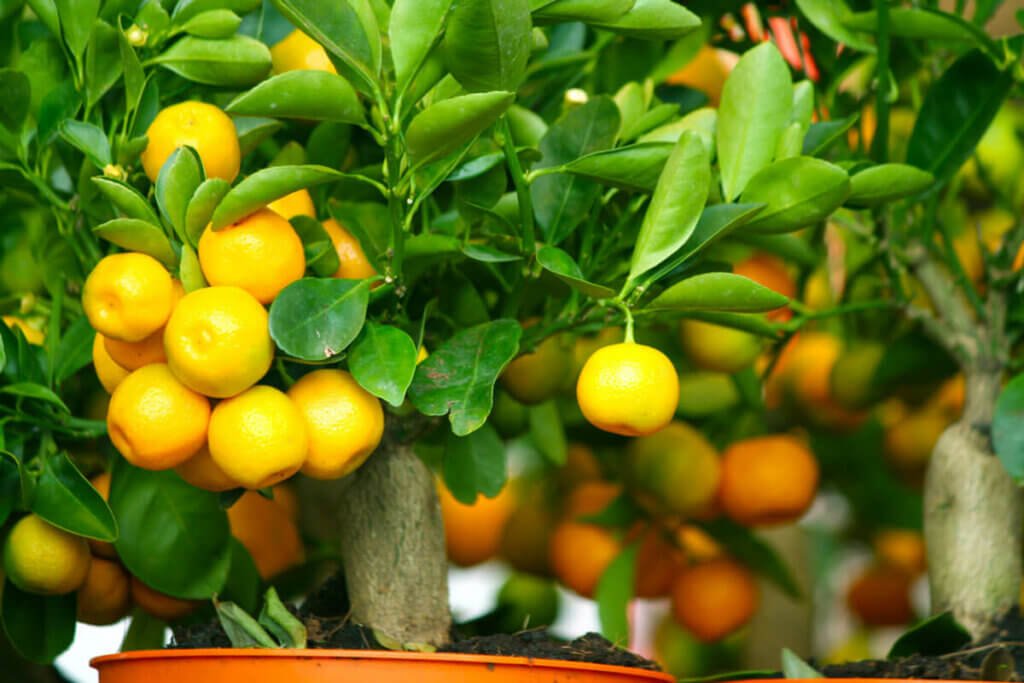
Even apples can be grown successfully in pots with dwarf rootstocks. Compact apple trees offer classic beauty and crisp, sweet fruit.
Best Varieties for Containers:
- ‘Honeycrisp’ – Sweet and aromatic.
- ‘Gala’ or ‘Golden Delicious’ – Productive and hardy in containers.
- Rootstock: Choose M27 or M9 dwarfing rootstock for compact growth.
Container & Soil:
- A 24-inch-wide, deep container.
- Use rich, well-draining loam with compost.
Sunlight:
- Needs full sun—8 hours minimum daily.
Pruning & Pollination:
- Prune in winter to maintain shape.
- Most apples need cross-pollination, so grow two compatible varieties or choose a self-pollinating one like ‘Golden Delicious’.
6. Fig Tree (Ficus carica)
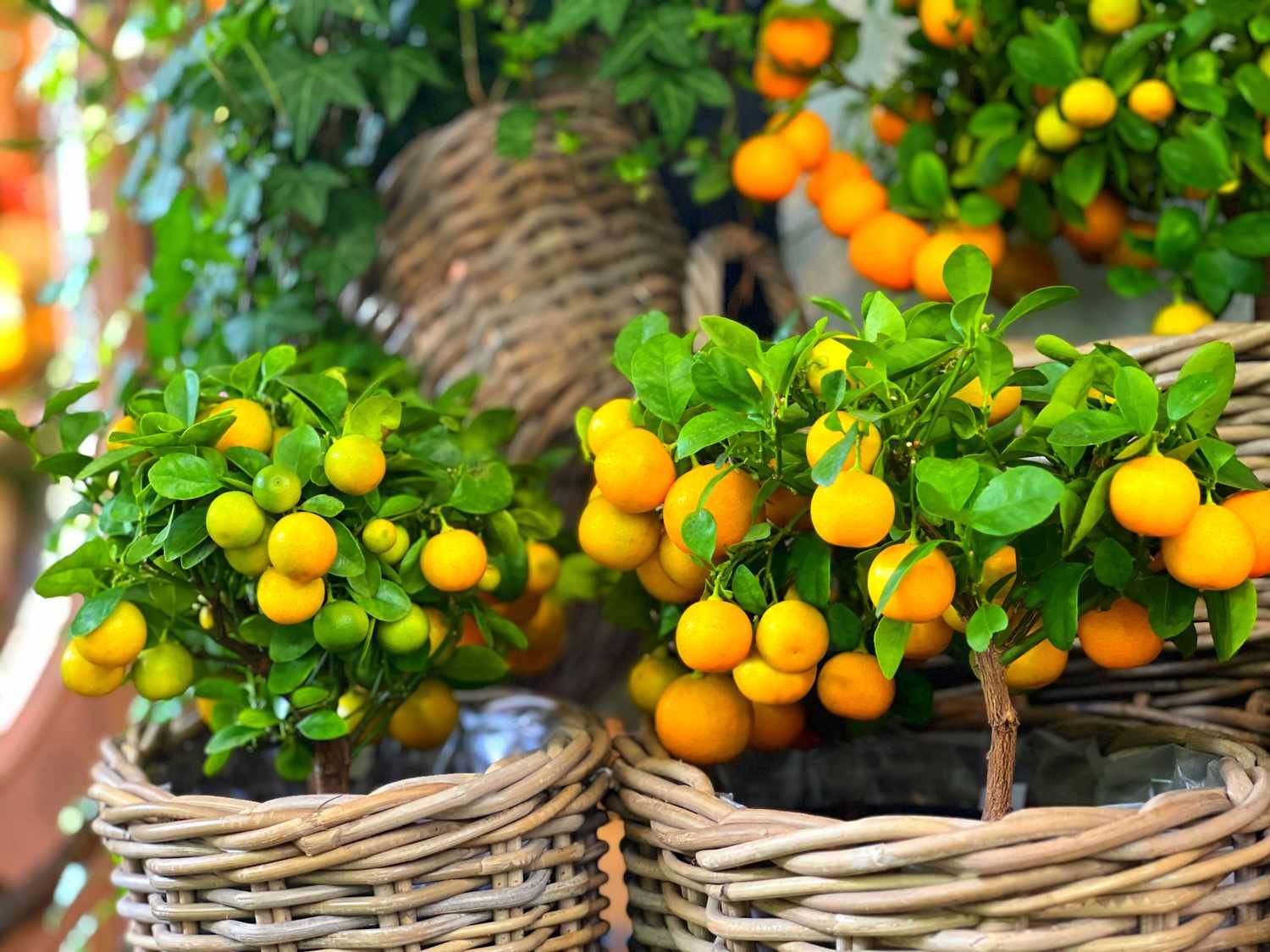
Figs are among the easiest fruit trees to grow in containers. They thrive in pots, adapt well to pruning, and bear sweet, rich fruit even with minimal care.
Best Varieties for Pots:
- ‘Brown Turkey’ – Hardy and self-fertile.
- ‘Celeste’ – Compact with excellent flavor.
Container & Soil:
- Minimum 16–20-inch pot with drainage holes.
- Use loamy, compost-enriched soil.
Sun & Water:
- Figs need full sun (8+ hours).
- Water when the soil dries out 1 inch below the surface.
Winter Care:
- Bring indoors or to a cool garage during freezing temperatures.
Pro Tip: Figs produce best when slightly root-bound—don’t upsize pots too often.
7. Dwarf Mulberry Tree (Morus nigra)
Mulberries are fast-growing, productive trees that adapt surprisingly well to containers. They produce sweet, blackberry-like fruit and offer a tropical look.
Best Varieties for Containers:
- ‘Dwarf Everbearing’ – Compact, prolific, and produces multiple crops per year.
Container & Soil:
- A 16–20-inch container with drainage.
- Use neutral, rich potting mix.
Sun & Care:
- Requires 6–8 hours of sunlight daily.
- Water regularly; mulberries dislike drought stress.
Bonus:
- Fruits continuously through summer.
- Self-pollinating, so you only need one plant.
Fun fact: The leaves of mulberries are also the favorite food of silkworms—so your plant has history and beauty!
8. Pomegranate Tree (Punica granatum)
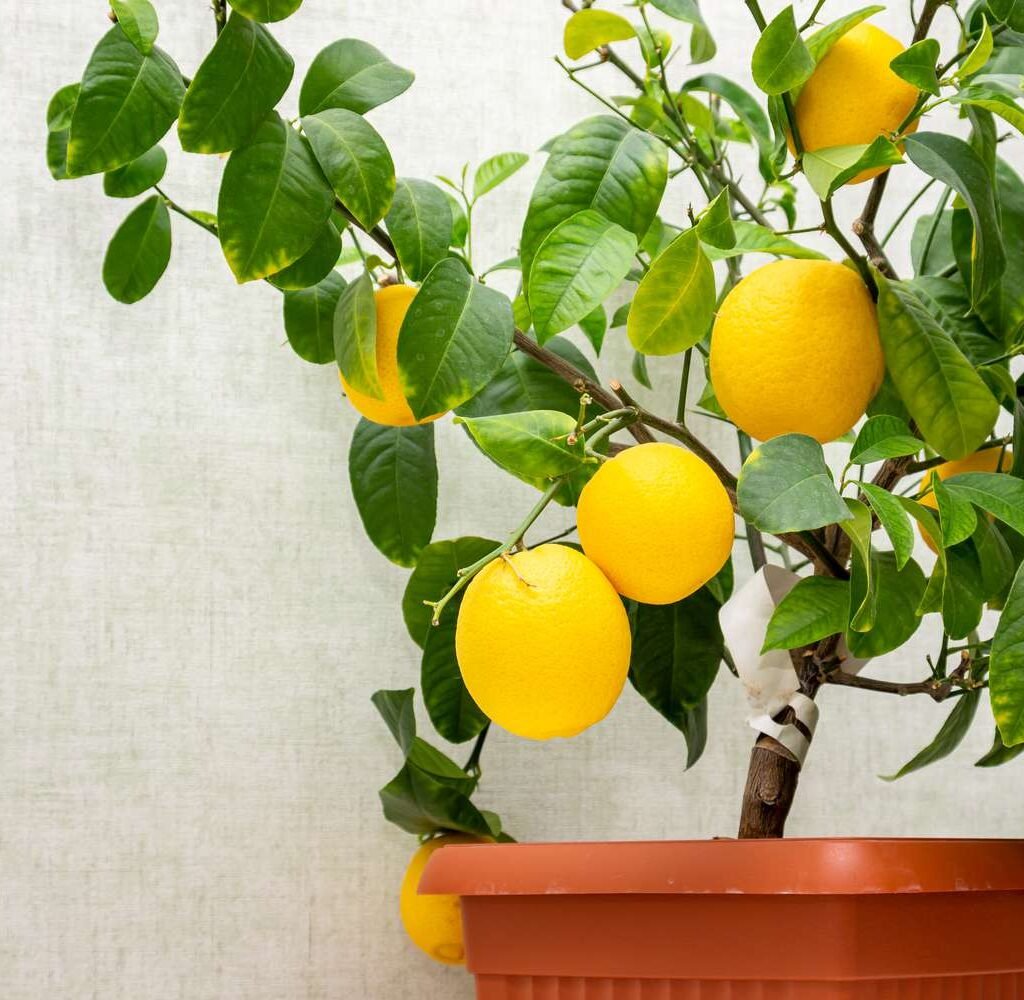
Pomegranates add exotic flair to any patio garden. Their glossy leaves, vibrant flowers, and ruby-red fruit make them a showstopper in pots.
Best Varieties for Containers:
- ‘Nana’ – True dwarf variety (3–4 feet tall).
- ‘Wonderful’ – Slightly larger but produces big, juicy fruits.
Container & Soil:
- Use a large 18–22-inch pot.
- Soil should be well-draining and slightly sandy.
Sun & Water:
- Loves full sun (8+ hours).
- Water deeply, allowing the soil to dry out between waterings.
Pruning:
- Prune annually in late winter to shape and remove weak branches.
Tip: Pomegranates can flower and fruit even indoors near a bright window—perfect for adding a Mediterranean vibe to your home.
Bonus Tips for Growing Fruit Trees in Containers
- Choose the Right Pot:
- Terracotta or plastic pots both work, but make sure they have drainage holes.
- Larger pots retain moisture better and allow root expansion.
- Use Quality Soil:
- Always use potting mix, not garden soil.
- Add compost or slow-release fertilizer for nutrients.
- Fertilize Regularly:
- Container-grown trees lose nutrients faster.
- Use organic fertilizers every 4–6 weeks during growing season.
- Prune Annually:
- Keeps trees compact and encourages more flowers and fruit.
- Pollination Help:
- Move trees outdoors during flowering or hand-pollinate using a small brush if kept indoors.
- Winter Care:
- Move non-hardy species (like citrus or figs) indoors when temperatures drop below 50°F (10°C).
- Repot Every 2–3 Years:
- Refresh soil and prune roots slightly to maintain size and health.
Creating a Mini Orchard
Mixing different container fruit trees can create a vibrant, edible paradise. Try grouping:
- Lemon, fig, and pomegranate for a Mediterranean feel.
- Peach, cherry, and apple for a traditional orchard look.
- Mulberry and citrus for a lush tropical corner.
Add some herbs or flowers around the pots for pollinator attraction and extra beauty.
Final Thoughts
Growing fruit trees in containers is one of the most rewarding ways to bring nature, color, and flavor into small spaces. Whether you dream of sipping lemonade under your lemon tree or snacking on homegrown peaches from your balcony, container fruit trees make it all possible.
Start small—choose one or two dwarf varieties, provide sun, good soil, and a bit of patience. Soon, you’ll have a thriving patio orchard that’s as beautiful as it is productive.
Because no matter how big or small your garden is, the sweetest fruit is always the one you grow yourself.
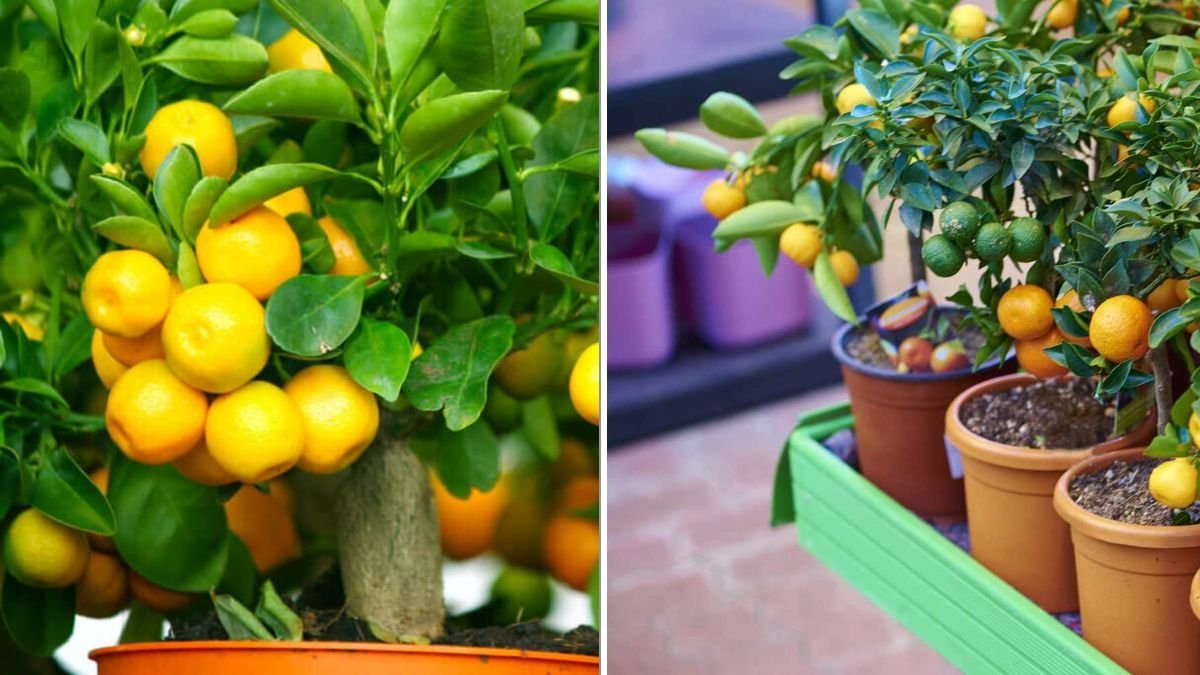
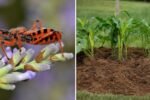

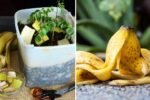
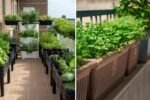
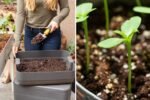
Leave A Comment